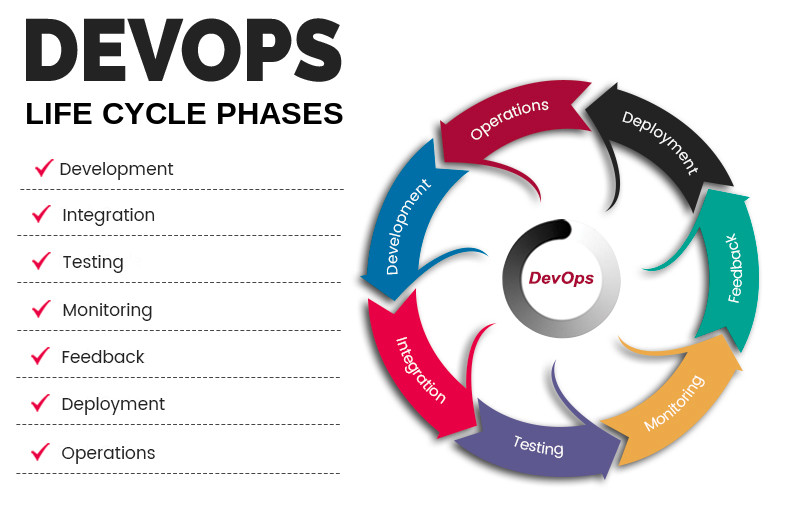I have a couple of questions related to the usage of Docker in a development phase.
I am going to propose three different scenarios of how I think Docker could be used in a development environment. Let's imagine that we are creating a REST API in Java and Spring Boot. For this I will need a MySQL database.
The first scenario is to have a docker-compose for development with the MySQL container and a production docker-compose with MySQL and the Java application (jar) in another container. To develop I launch the docker-compose-dev.yml to start only the database. The application is launched and debugged using the IDE, for example, IntelliJ Idea. Any changes made to the code, the IDE will recognize and relaunch the application by applying the changes.
The second scenario is to have, for both the development and production environment, a docker-compose with the database and application containers. That way, every time I make a change in the code, I have to rebuild the image so that the changes are loaded in the image and the containers are lauched again. This scenario may be the most typical and used for development with Docker, but it seems very slow due to the need to rebuild the image every time there is a change.
The third scenario consists of the mixture of the previous two. Two docker-compose. The development docker-compose contains both containers, but with mechanisms that allow a live reload of the application, mapping volumes and using, for example, Spring Dev Tools. In this way, the containers are launched and, in case of any change in the files, the application container will detect that there is a change and will be relaunched. For production, a docker-compose would be created simply with both containers, but without the functionality of live reload. This would be the ideal scenario, in my opinion, but I think it is very dependent on the technologies used since not all allow live reload.
The questions are as follows.
Which of these scenarios is the most typical when using Docker for phase?
Is scenario 1 well raised? That is, dockerize only external services, such as databases, queues, etc. and perform the development and debugging of the application with the IDE without using Docker for it.
The doubts and the scenarios that I raise came up after I raised the problem that scenario 2 has. With each change in the code, having to rebuild the image and start the containers again is a significant waste of time. In short, a question would be: How to avoid this?
Thanks in advance for your time.
NOTE: It may be a question subject to opinion, but it would be nice to know how developers usually deal with these problems.

